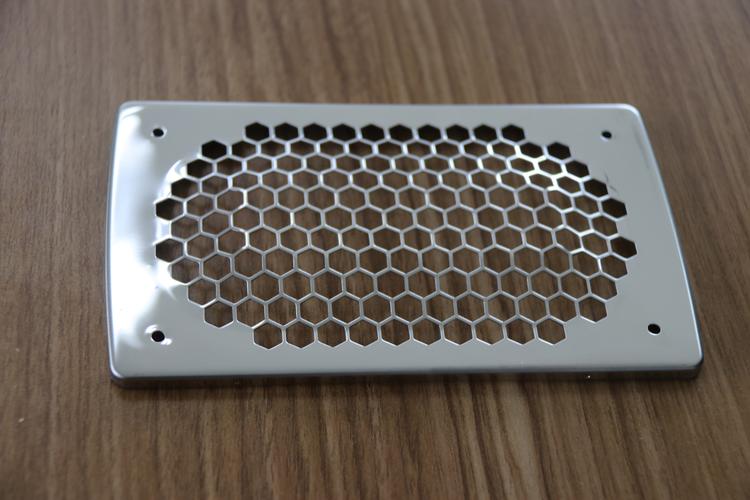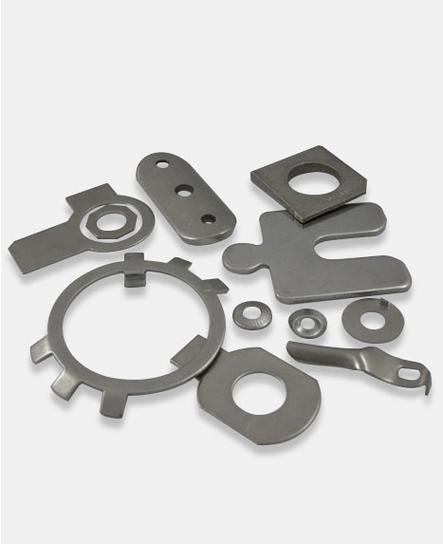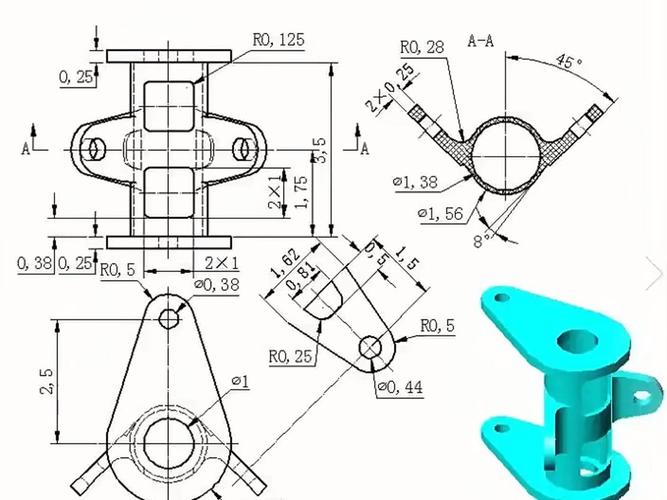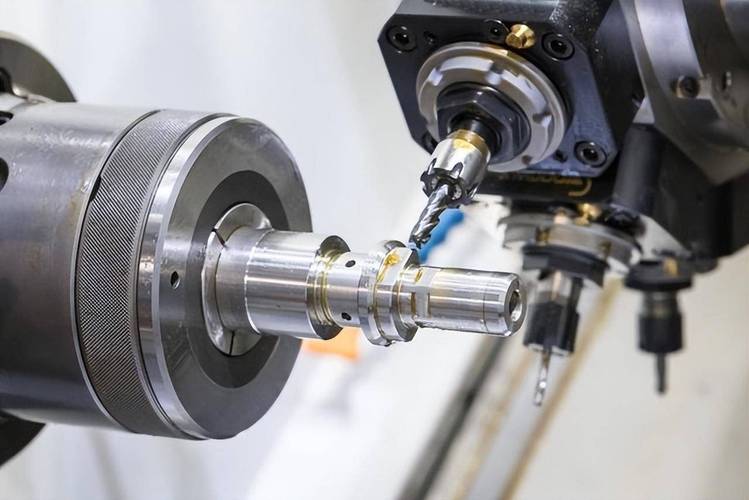The rule of thumb for sheet metal refers to practical design and processing guidelines accumulated from experience, simplifying complex engineering calculations into easy-to-remember principles—like “bend radius ≥ material thickness” or “hole distance ≥ 4 times thickness”—to ensure manufacturability and cost-effectiveness.

1. Bend Radius: Follow the Thickness Rule
A basic rule is that the inner bend radius should be at least equal to the material thickness (R ≥ T). For example, a 2mm steel sheet needs a minimum 2mm bend radius. Too small a radius causes cracks on the outer surface, while too large wastes material. Aluminum can use a slightly smaller radius (R ≈ 0.8T) due to better ductility, but stainless steel often requires R ≥ 1.2T to avoid splitting.
2. Hole Distance: Keep 4T Safe
Holes or slots near bend lines must stay at least 4 times the material thickness (4T) away—this is the classic 4T rule. A 1mm thick sheet needs holes 4mm from the bend line to prevent deformation during bending. If space is tight, reduce to 3T for low-stress parts, but never less than 2T, or the hole may stretch into an oval.
3. Minimum Flange Width: 3 Times Thickness
The narrowest flange (the straight edge after bending) should be at least 3 times the material thickness. A 1.5mm sheet needs a 4.5mm minimum flange width; narrower flanges will warp or fold unevenly during bending. For small flanges, add a 1-2mm relief notch at the bend line to release stress.
4. Material Matching: Thickness vs. Process
- Thin sheets (≤1mm): Ideal for stamping and deep drawing (e.g., beverage cans), but avoid sharp bends to prevent tearing.
- Medium sheets (1-3mm): Work best for CNC bending and laser cutting, balancing strength and flexibility.
- Thick sheets (>3mm): Require larger bend radii and slower processing; pre-heating may help for high-strength steel.
FAQ
- Q: Can I ignore the 4T rule for small parts?
A: Small parts (≤50mm) can use 3T, but test 1-2 samples first—thin materials like copper are more forgiving than high-carbon steel.
- Q: How to handle tight bends without cracking?
A: Use softer tempers (e.g., aluminum 5052-H32 instead of H112) or add a 0.5mm radius even if design calls for sharp corners.
- Q: Does the rule apply to all metals?
A: No—brass and copper need smaller radii (R ≈ 0.5T) than stainless steel, which requires larger radii to avoid work hardening.
Professional Service Recommendation
Need help applying these rules to your project? Xiamen Goldcattle, with 26 years in sheet metal fabrication, offers free design reviews. Their team checks bend radii, hole positions, and material choices to optimize manufacturability. Whether it’s precision brackets or large enclosures, they handle 0.1-12mm sheets with laser cutting accuracy of ±0.05mm.
Leave a message with your part’s material, thickness, and design goals, and get a tailored guideline report—avoid common mistakes and cut production costs!





